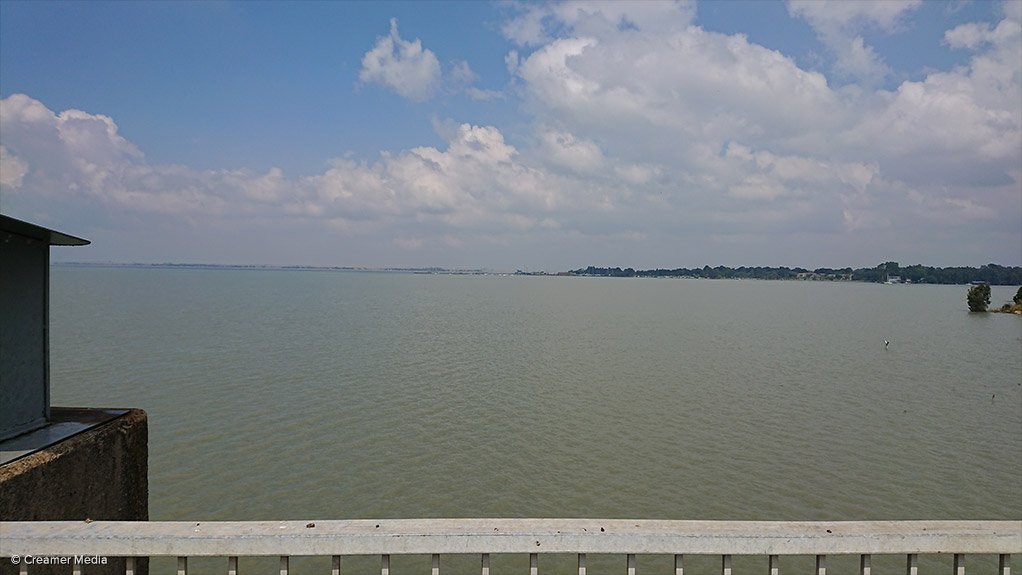/ MEDIA STATEMENT / The content on this page is not written by Polity.org.za, but is supplied by third parties. This content does not constitute news reporting by Polity.org.za.
Western Cape’s intermittent winter rains continue to raise the provincial dam levels to alarming levels, prompting them to reach 51% since the beginning of the rainy season. As a result, the country’s water storage has also increased to 22 779 cubic metres this week.
A weekly dam levels report by the Department of Water and Sanitation paints a stable water situation throughout South Africa just three months before the start of the rainy season inland.
While the inland dam levels remain stable, the province’s water situation is improving drastically, raising hopes that by the end of the hydrological season Western Cape will have enough water in storage to sustain it through the dry summer. A year ago the province was afflicted by the worst drought in history that almost landed it in Day Zero. However, a combination of good water saving practices and consistent downpours improved the situation drastically.
Elsewhere, at 13 399 cubic metres Free State continues to be the highest water-storing province, followed by KwaZulu-Natal and Mpumalanga at 2 985,3 cubic metres and 1 779,3 cubic metres respectively. The dam levels report reflects Free State having reached 85,6% while Gauteng – with fewer and smaller dams – recorded 93,7%. However, Bloemfontein residents are receiving a reduced supply of water because of a multi-million water bill owed by Mangaung Local Municipality to Bloemwater, a bulk water supplier in the region.
Heavy downpours along the coastal belt of KwaZulu-Natal has increased water storage in the province to 2 985,3 cubic metres this week. According the departmental report, the province recorded 62,2% dam level, a 2% drop compared to the same period last year. However, towns such as Nongoma, Ulundi, Mahlabathi and Pongola in Zululand continue to suffer water scarcity because of insufficient rainfall.
The department continues with its intervention in the drought-stricken regions of Eastern Cape by erecting new boreholes and refurbishing the dysfunctional ones. Since the beginning of the year Makhanda that has been hit by acute water shortages. However, the department refurbishing the multi-million James Kleynhans Water Treatment Plant that supplies water to the town. It has spent R64 million to complete Phase One of the project and R78 million has been allocated for Phase Two. The four-phased project will be completed in June 2021 at a cost of R237 million.
Mpumalanga’s dam levels remain stable at 70,1% and the province has stored 1 779,cubic metres of water to sustain it until the next summer rains. However, villages in former KwaNdelebe that fall under the JS Moroka Local Municipality, suffer acute water shortages. The department is working with the municipality to address the situation.
This week the department embarked on a week-long stakeholder engagement in Tzaneen, Limpopo, to explain to local residents about the raising of Tzaneen Dam wall. After completion the dam will have an increased water storage capacity that will improve agriculture and domestic consumption. A departmental study has found that both the labyrinth spillway and the hydroplus fusegate options are considered to be technically feasible. The flood hydrology for the raised dam wall was investigated as part of the preliminary design report for Nwamitwa Dam.
Northern Cape dam levels were recorded at 87,5% with a water storage of 129 cubic meters of water, while North West is stable at 65,2% since last week. Roodekoppies and Klipvoor dams that are supplied by Krokodil and Pienaars Rivers respectively are bursting at the seams with 100% levels each
Issued by the Department of Water & Sanitation
EMAIL THIS ARTICLE SAVE THIS ARTICLE ARTICLE ENQUIRY
To subscribe email subscriptions@creamermedia.co.za or click here
To advertise email advertising@creamermedia.co.za or click here











